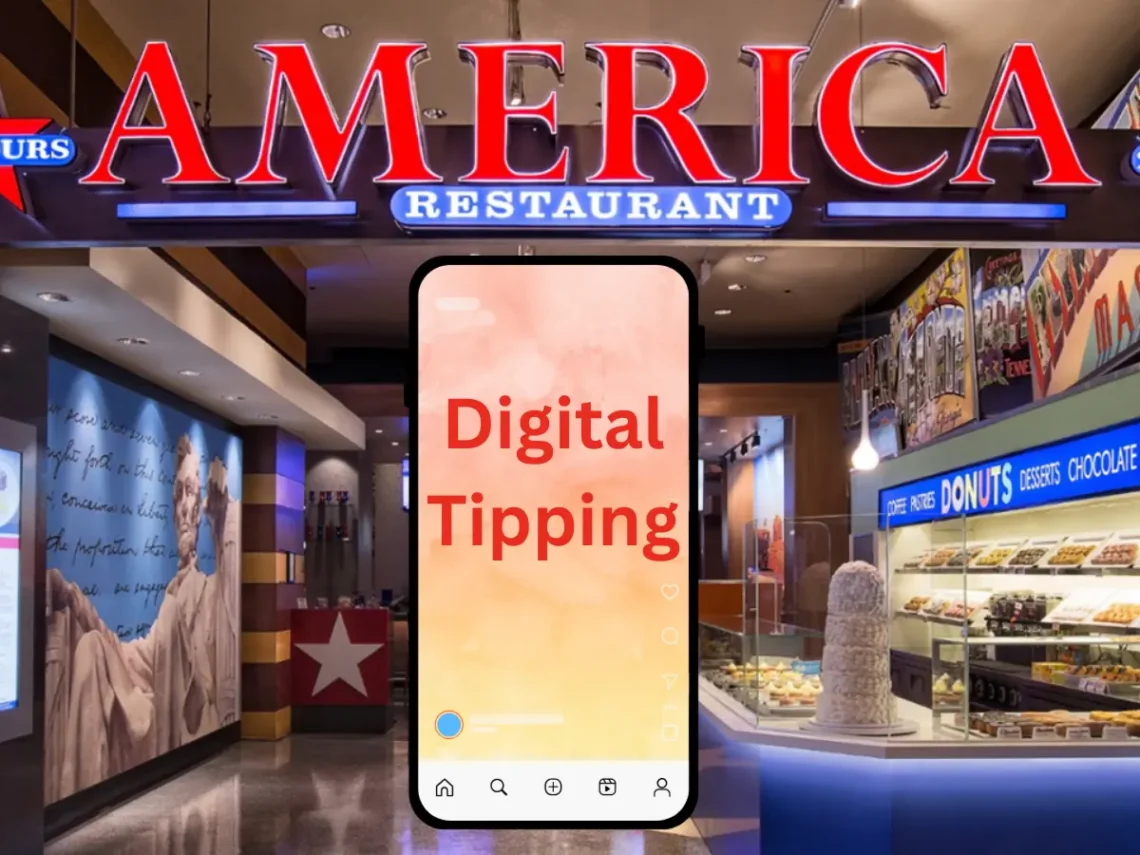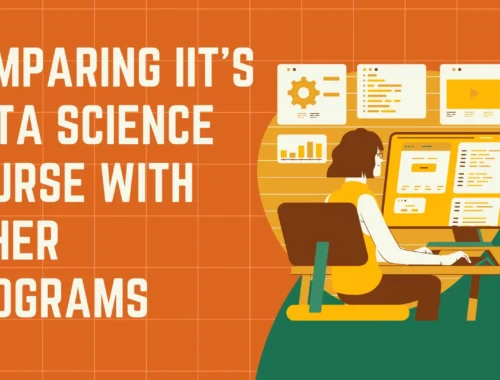
Is Americans Are Approaching a Turning Point in Digital Tipping?
Table of Contents
ToggleIs Americans Are Approaching a Turning Point in Digital Tipping?
Tipping has long been an integral part of American dining and service culture. It’s a gesture many consider essential, a way to acknowledge excellent service. But over the years, what began as a small token of gratitude has evolved into an expectation complicated by societal pressures, fluctuating norms, and economic dynamics. Particularly in the last few years, changes brought by the pandemic and the rise of service charges have led many to ask an important question: are Americans reaching a tipping point in tipping? Digital payment innovations, such as Tip screen, now offer a streamlined way for diners to manage gratuities transparently and effortlessly.
This blog dives into the current state of tipping culture, exploring the perspectives of service workers, consumer frustrations, and the economics behind tipping. It also examines alternative tipping models and what the future might hold for this long-standing tradition.
The Evolution of Tipping in the Digital Age
Traditionally, tipping in the U.S. was straightforward, with established norms guiding consumers on when and how much to tip, primarily in service industries like dining and hospitality. However, the advent of digital payment platforms has introduced tipping prompts in a variety of new contexts, from coffee shops to self-service kiosks. These prompts often suggest gratuity amounts starting at 18% or higher, even for services where tipping was previously uncommon.
A study by the Pew Research Center found that 72% of U.S. adults believe tipping is expected in more places today than it was five years ago. Despite this, only about a third feel confident in knowing when and how much to tip, indicating a growing uncertainty among consumers.
The Current State of Tipping
Tipping in America has seen significant changes in recent years. The COVID-19 pandemic, among other factors, profoundly altered consumer habits and societal norms around gratuities.
Pandemic-Era Changes
During the pandemic, tipping behavior shifted as the nation grew more reliant on service workers. Consumers became more generous in tipping delivery drivers, grocery packers, and essential workers to show appreciation during a challenging time. Many restaurants also introduced “COVID-19 service fees” to offset increased costs related to health regulations and staff shortages.
However, these changes have also led to tipping fatigue. Today, digital payment systems like touchscreens often prompt consumers to tip in situations where tipping wasn’t customary before, like at coffee shops or takeout counters. The expectation to tip, even for minimal interaction, has left many consumers questioning where and when tipping is now appropriate.
The Impact on Tipping Norms
Historically, a 15–20% tip was considered standard in dining scenarios. However, new trends show suggestions for tipping as high as 25–30% often automatically added by businesses. This shift has sparked confusion and even frustration among consumers, as tipping norms appear to be constantly changing.
Service Industry Workers’ Perspectives
For workers in industries that depend on tips, gratuities provide more than just a bonus—they often form the backbone of their income.
Income and Job Satisfaction
Tipping is critical for many service workers, particularly in restaurants where tipped minimum wage laws allow employers to pay as little as $2.13 per hour. For these employees, tips can make up the majority of their take-home pay. Workers rely on gratuities to close the gap between low hourly wages and livable earnings.
But there’s a downside. The variability of tipping leaves many workers feeling financially unstable. On good nights, high tips can provide a significant boost to income, but on slow nights, workers may leave with far less. This uncertainty, paired with pressure to deliver “tip-worthy” service, often impacts job satisfaction and increases stress.
The Power Imbalance
Tipping also leaves power in the hands of customers, which can lead to inequitable situations. Workers report experiences of being tipped based on factors unrelated to service quality, including appearance, race, or gender, perpetuating systemic inequities.
Consumer Sentiments
On the consumer side, sentiments around tipping are evolving. What was once a way to “reward good service” now feels like an expectation irrespective of the experience provided.
Growing Frustration
Many Americans feel trapped by the increasing frequency and amounts of tipping requests. For example:
- Digital payment systems automatically prompt for generous tip amounts, regardless of the simplicity of the transaction.
- Mandatory service fees disguised as gratuities leave customers wondering if their tip is still necessary.
- The expectation to “tip generously” post-pandemic adds social pressure for those already grappling with inflation and financial strain.
Consumers aren’t necessarily opposed to tipping; they’re frustrated by unclear expectations and increasing societal pressure to tip in new scenarios. The result is a tipping fatigue that’s beginning to influence attitudes and habits. Additionally, business using the 954 area code in Florida often face reputational challenges that can further complicate consumer perceptions of service quality.
The Economics of Tipping
To fully understand the tensions around tipping, one must dig into its economics and role in business models.
Tipping as a Business Strategy
From an owner’s perspective, tipping has long been an economically advantageous model. It allows businesses to pay lower wages while relying on consumers to subsidize labor costs through gratuities. This model benefits business margins but creates dependency for workers on the generosity of others.
On the flip side, tipping culture can lead to inconsistent pricing for consumers. Two tables in the same restaurant might pay vastly different amounts for identical meals, depending on how much (or little) each table decides to tip.
Hidden Costs of Tipping
Another complicating factor is how tips are distributed. Many establishments implement tip pooling, where gratuities are shared among staff members. This can blur the connection between service quality and compensation, frustrating both consumers and workers.
Additionally, tipping can mask the true cost of meals and services. Customers may feel that menu prices are artificially low until additional fees, taxes, and gratuities are added.
Exploring Alternative Models
To address frustrations around tipping, some businesses are turning to alternative models, such as no-tip policies or service-inclusive pricing.
No-Tip Policies
Certain restaurants have eliminated tipping altogether, opting instead to pay employees higher hourly wages. This model aims to reduce income variability and improve worker stability while simplifying pricing for customers.
Though promising, this approach isn’t without challenges. Businesses with no-tipping policies often raise menu prices to offset labor costs a move that has garnered mixed reactions from diners.
Service Charges
Another alternative is the service charge model, where a flat percentage (e.g., 20%) is automatically added to the bill. While this standardizes gratuities, it can feel compulsory to consumers and may not directly benefit service workers, depending on how businesses allocate the funds.
Early Results and Reactions
Both models have demonstrated some success but remain contentious. Businesses adopting them report better employee retention and satisfaction. However, convincing consumers to adapt to these changes requires careful communication and transparency.
What’s Next for Tipping in America?
Are Americans truly at a tipping point? Rising frustration levels among consumers, combined with growing advocacy for fair wages among service workers, suggest that the tipping culture in America is in flux. But whether this leads to widespread adoption of alternative models or a return to traditional norms remains unclear.
What is clear is the need for businesses to find a balance between customer expectations, fair compensation for employees, and sustainable profitability. By reexamining tipping practices and exploring innovative approaches, we may finally find a solution that benefits everyone involved.
Final Thought
As tipping culture continues to evolve, Americans face a critical turning point. Growing consumer frustration, digital payment prompts, and economic pressures are reshaping gratuity norms. Whether through alternative models or policy changes, the future of tipping remains uncertain. Finding a fair balance that benefits both workers and customers will be key to shaping sustainable and transparent tipping practices.
FAQs: Is Americans Are Approaching a Turning Point in Digital Tipping?
Is tipping expected in America?
Tipping is exclusively optional in the United States.
Although it’s legally optional, if you sneak out of a restaurant without giving a 20–25% gratuity, a waiter will probably follow you around and ask why.
What does Gen Z think about tipping?
Despite this exception, there is a definite generational trend: those in Generation Z are the worst at leaving tips, particularly in industries like food delivery and restaurants where tipping is a major source of income.
Why is tipping such a big thing in America?
In the United States, tipping was first primarily a legitimate business expense “to insure promptitude” for entrepreneurs who had to pack up their entire workplace, travel across the country, and spend days or months in a hotel.
Is America the only country with tipping?
The majority of restaurant employees in America receive their pay subsidized by tips from patrons. Only in North America—the United States and Canada—is it a reality. Tipping is not customary in the majority of other regions of the world, and in certain situations, it is even regarded as impolite.
What country doesn’t believe in tipping?
In contrast to Spain, tipping is not appropriate in Japan; in fact, it is considered disrespectful. A bill is not brought to the table in most Japanese eateries. Even attempting to tip the waiter can be challenging because payment is taken at the bar instead.
You May Also Like

A Guide To 3D Printed Ceramic Products
26 February 2025
What is the importance of NLP in healthcare?
30 December 2024

